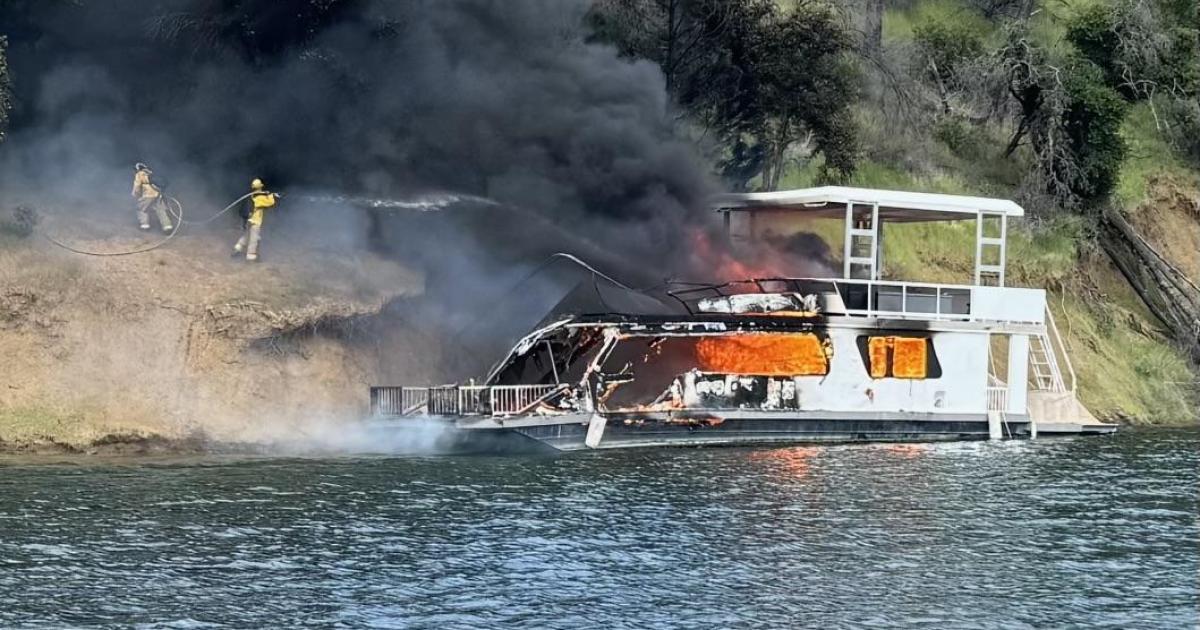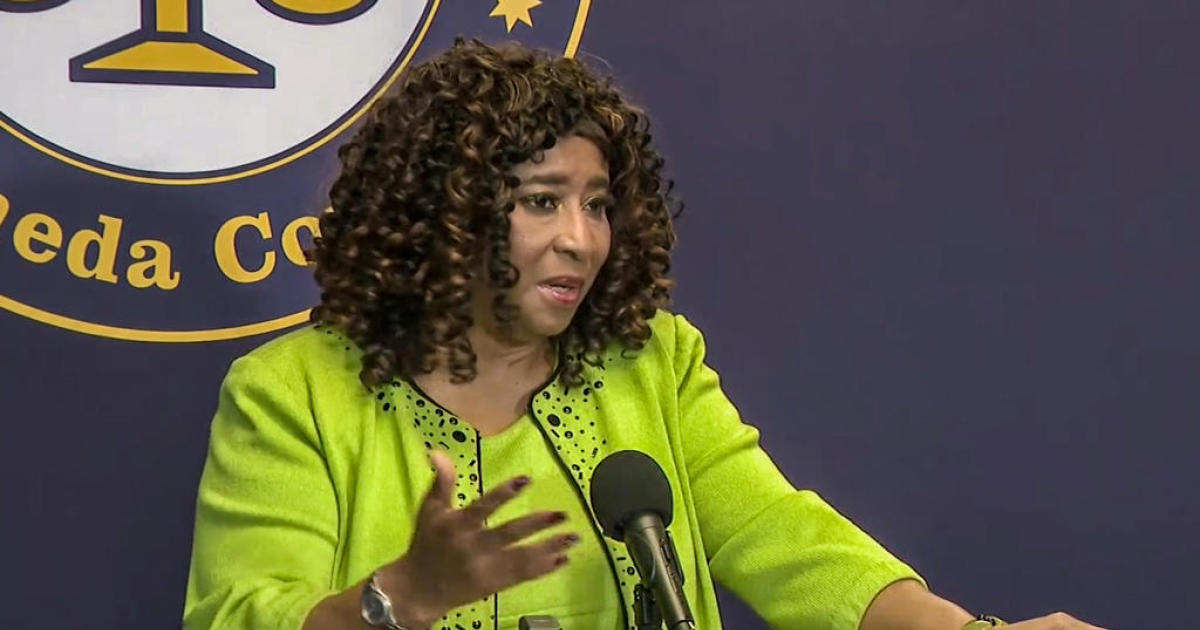Elite Special Force At Moffett Field Counted On For High-Stakes Rescues
MOUNTAIN VIEW (KPIX 5) -- When they are in trouble, who do Navy Seals call? A little-known elite Special Operations force known as Guardian Angel, a non-aircraft, equipment based weapon system employed by pararescuemen, combat rescue officers and SERE (which stands for Survival, Evasion, Resistance and Escape.)
This force is the only asset in the U.S. Department of Defense that is solely dedicated to rescue and recovery.
When U.S. troops are cut off and in desperate need of medical help, they call these guys.
"These folks are an amazing national treasure," said U.S. Air force Colonel Jeffrey Magram, the Vice Wing Commander of the 129th Rescue Wing at Moffett Federal Airfield in Mountain View.
"We do what we do because we enjoy it. And we do what we do because we want to bring people home." said a pararescueman named Jacob. KPIX 5 is not allowed to use any team member's last name for security reasons.
KPIX 5 Special Correspondent Debrah Farentino first met members of the U.S. Air Force Pararescue a year ago, in Bagram, Afghanistan, during Operation Enduring Freedom.
"Our forces have been simply all over the world," said Colonel Magram.
One wing, the 129th, is stationed at Moffett Federal Field as part of the California Air National Guard. The 129th Rescue Wing includes the 129th Rescue Squadron for the HH-60G Helicopters; the 130th Rescue Squadron that handles the MC 130P Aircraft; and the 131st Rescue Squadron that includes the pararescuemen, combat rescue officers and SERE - the triad known as Guardian Angel.
Recently, Farentino and her crew were given special access to join a training mission for a future deployment.
First stop: a huge aircraft hangar to see what the 129th would load onboard the training flight. It's a huge cube covered in green canvas called a RAMZ package. RAMZ stands for "Rigging, Alternative Method Zodiac."
"This with no extra gear on, it is 800 pounds," said a combat rescue officer named Damon.
Inside the package: an inflatable 17-foot zodiac boat, an engine, fuel, and medical gear. Team members load the RAMZ package onboard a MC 130P Shadow Aircraft and then jump in. The Combat Shadow provides a critical service and is designed for long-rang supports of Special Operations Forces.
The team is outfitted with either wet or dry suits, helmets, fins and huge rucksacks. The aircraft is packed with medical gear and equipment. Once in the air, the rear of the craft opens up.
The cube gets pushed out of the back, thousands of feet above the Pacific Ocean. The cube is sent with a parachute for the trip down.
Seconds later, a team of pararescuemen jumps, follows, secures, and inflates the zodiac in the water.
During this mission, the flight crew also practiced aerial refueling from the aircraft to HH 60G Pave Hawk helicopters.
These Pave Hawks conduct rescue and recovery ops into hostile environments.
An example: when the 129th rescued American soldiers who were caught in Taliban crossfire. One soldier was shot in the chest and needed immediate medical attention.
"We actually took the helicopter and put one wheel on the ground," said Jacob, "We were able to grab him and just pull him onto the helicopter cause there was no way to hop out at that point."
Closer to home, the missions are extensive. The 129th goes where it's needed.
"The things we do so others may live is our wing motto," said Lt. Colonel Taft Aujero, the 129th Operations Group Commander.
Their homeland missions have included: The Rim Fire in California, Hurricane Katrina, a devastating sailing accident off the Farallon Islands and The Rebel Heart rescue mission, where they found a disabled boat, in the middle of the Pacific Ocean, and saved the life of an American infant.
"What they would tell is 'Ah, just another day at the office,'" said Colonel Magram.
Bottom line: with these guys, no one ever quits.
"We can rescue you any time, any place, under any circumstances," said Jacob.
What's amazing: 65 percent of the 129th is in the reserves. These men all have day jobs, including doctors, software engineers, technicians, and scientists. What they all have in common: a burning need to rescue individuals under the most trying, difficult and dangerous circumstances.



